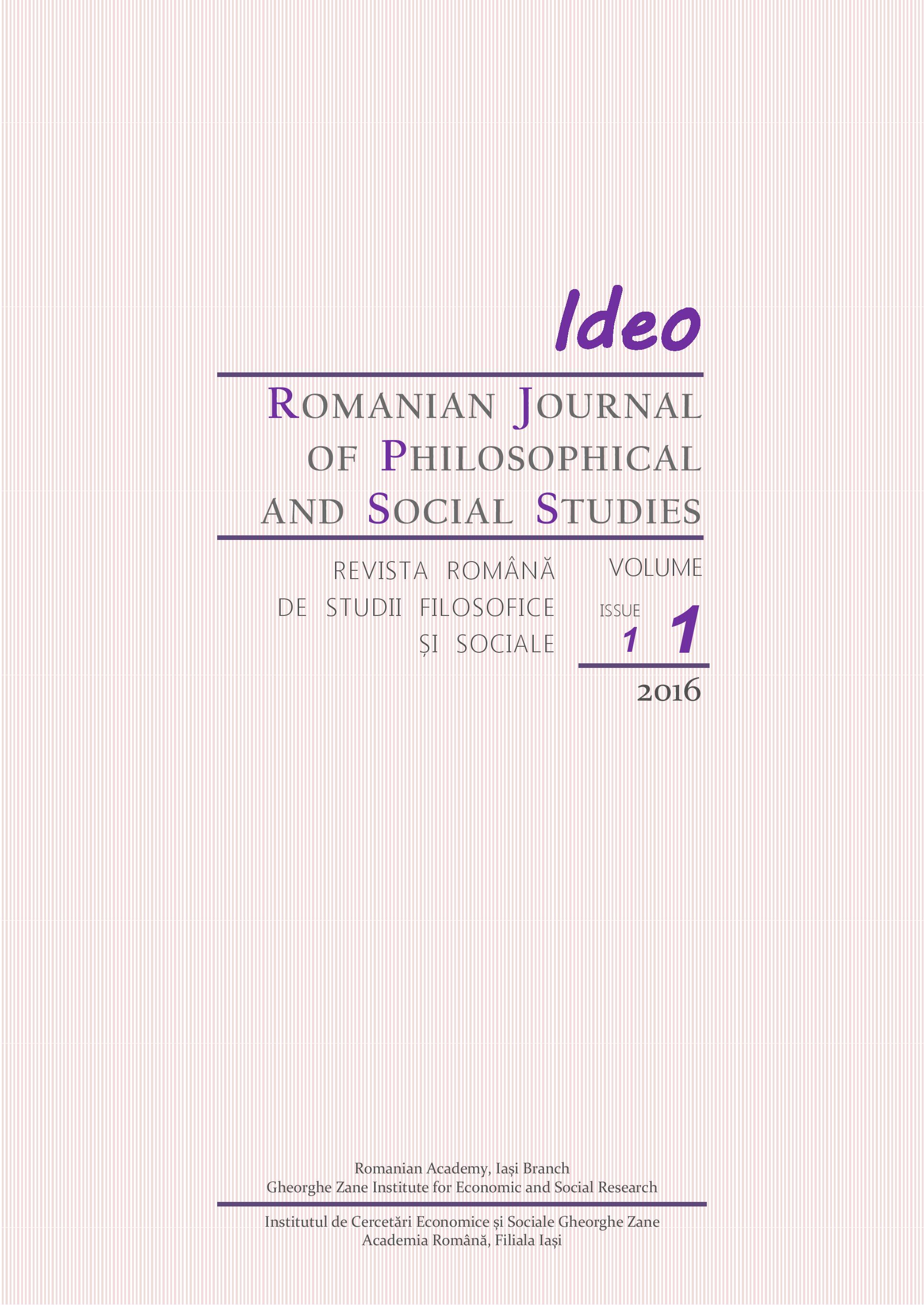
Влияние уровня двигательной активности на пространственное распределение тета-ритма электроэнцефалограммы
The aim of this research is to analyze the theta rhythm distribution in volunteers with a different physical activity status. We examine forty healthy males divided into four groups ac-cording to degree with physical activity (low, moderate, high dynamic and high static). The electroencephalographic data are recorded during both eyes-closed and eyes-open resting conditions. Resting state recordings had no differences in terms of the amplitude of the theta rhythm in representatives of groups. In their turn, the changes during eyes-closed and eyes-open conditions are more pronounced in the groups with high physical activity. For example, theta activity in high dynamic group decreases in the temporal region during eyes-open and in-creases in eyes-closed conditions. This rhythm in high static group increases in the occipital re-gion during eyes-open and reduces in eyes-closed conditions. We assume that a physical activi-ty status influences the formation of theta waves.
More...








